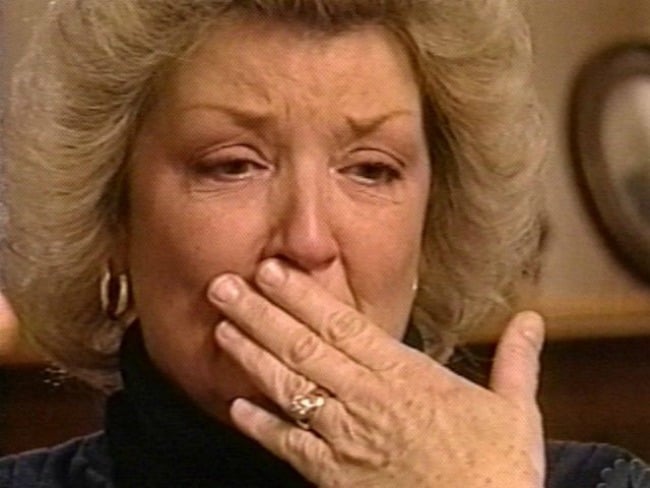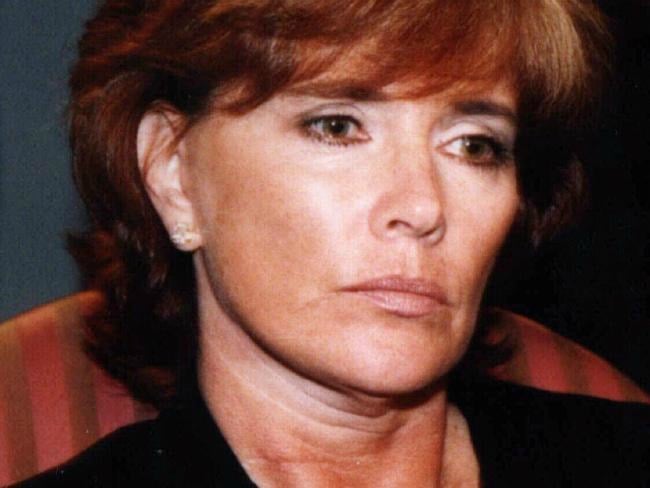In the 1990s, then US President Bill Clinton was accused of three separate incidents of sexual assault and harassment.
At the time, he was able to deny the allegations, fight off a lawsuit and impeachment threat and continue serving out his term as United States Commander-in-Chief.
Meanwhile, the women who accused him were discredited, mocked, or generally not believed.
Fast forward two decades, and women accusing Harvey Weinstein of sexual harassment and assault are being believed. In fact, seeing their allegations not dismissed, but taken seriously, has prompted dozens of other alleged victims to come forward against a growing number of other powerful men in Hollywood and beyond.
Listen: Why is it that we’re not going after Bill Clinton like we’re going after Weinstein?
The shift in attitudes is undeniable, and while it’s not so easy to pin down the exact reason the public have moved from victim-blaming to victim-supporting, it’s clear that allegations of sexual crimes are being treated differently than they were in 1997.
With that in mind, we thought we’d take a closer look at the three allegations of sexual misconduct against Bill Clinton, and the three women behind them, to ask ourselves if we’ve all been turning a collective blind eye to a serious injustice.
Juanita Broaddrick
Juanita Broaddrick says that in 1978 when she was 35-year-old volunteer on one of Clinton’s campaigns, the then Arkansas Attorney General met her in a hotel room and raped her.
Rumours of Broaddrick’s accusations began to surface at least by the time of Clinton’s 1992 presidential bid, but she refused to speak to the media. They were first made public in 1997 under the name Jane Doe #5 as part of Paula Jones’ lawsuit against Clinton (see below), but it was actually in the form of a sworn affidavit saying stories of Clinton making “unwelcome sexual advances toward me” were untrue.































































































